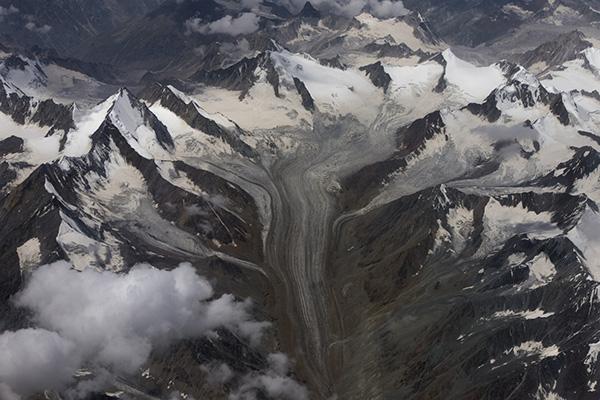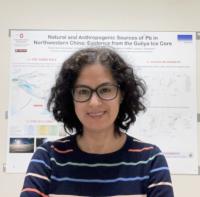At the top of the world, lead pollution reaches even pristine glaciers


A new study reveals that human activities have polluted some of the Earth’s most isolated areas. By analyzing ice cores from the Guliya ice cap in Tibet, researchers found clear shifts in lead sources in the environment following the Industrial Revolution. Though initial increases in lead were detected in early Industrial Revolution samples, a significant change in its origin appeared around 1974 when U.S. emissions regulations were enacted. Lead author Dr. Roxana Sierra-Hernandez, a senior research associate here at Byrd Polar and Climate Research Center, explained that these findings show when human activities began leaving a clear mark on remote environments.
Published in Communications Earth & Environment, the study also underscores the potential risks posed by melting glaciers, which could release trapped pollutants into nearby rivers, affecting communities that rely on glacier-fed water sources. Dr. Sierra-Hernandez emphasized the importance of global cooperation in reducing emissions, noting that future studies could build on these findings to better track pollution trends and identify human impact on other glaciers worldwide.
Learn more by visiting Ohio State News or read the study in the journal Communications Earth & Environment.
